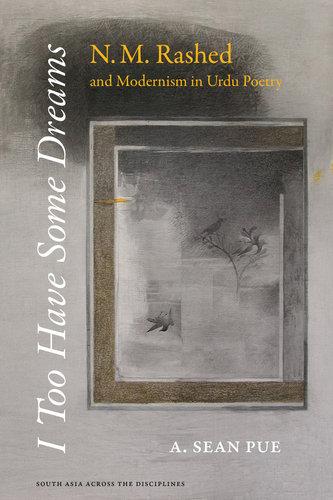“I have decided to start a blog.” The thought had, of course, crossed my mind
many times before. But I always decided to wait until I was a little further
along—with my job search, with my book project, with my tenure application.
When I was working at the University of Chicago, a well-known blogger-academic
warned about a negative correlation between blogging and tenure. That stuck in
my mind. Are things different now for people like me than they were six years
ago? Yes and no.
My main motivation for starting this website is to have a venue to write
publically about aspects of my research that are not necessarily publishable in
other venues. They may be of interest to some people who could potentially
offer feedback. They may be early drafts. They may be rants. Let us see what happens.
I have written a little about myself and my research on the About page.
To create this website I am using a program called Nikola. It took me
a little while to get comfortable with it, but it seems quite nice so far. It
creates static webpages, so there is no code running this website. I really
didn’t want to have to deal with updating software versions, security issues,
and so on. There is also an Urdu translation that I will try and implement in
the near future. The software is open source and a bit techy, so there are lots
of options. It‘s easily extendable, too.
I am entering the pages in a format called ReStructuredText (RST), so they are
quite clean. You can view the source. It is possible to extend the
format. Since much of my work involves Hindi and Urdu, I am particularly
interested in seeing if I can adapt it for other needs.
I have also moved my C.V. into the RST format. Using the program rst2latex, I
have created a PDF version. I do not normally use LaTeX, so it was a
bit of challenge formatting the PDF. There is an rst2pdf program, but the
results look more like a webpage. Now I have no excuse not to keep
my C.V. up to date.
I am trying to follow best collaborative computing practices on
this blog and webpage. So the entire blog is available as a project on Github,
and my C.V. is a separate project treated as a submodule. If I come up with any
interesting software solutions on this blog then they should be easily
available to others.
That’s all for now. I have to figure out how to deploy the site to my server.
If you are reading this, it must have worked!
